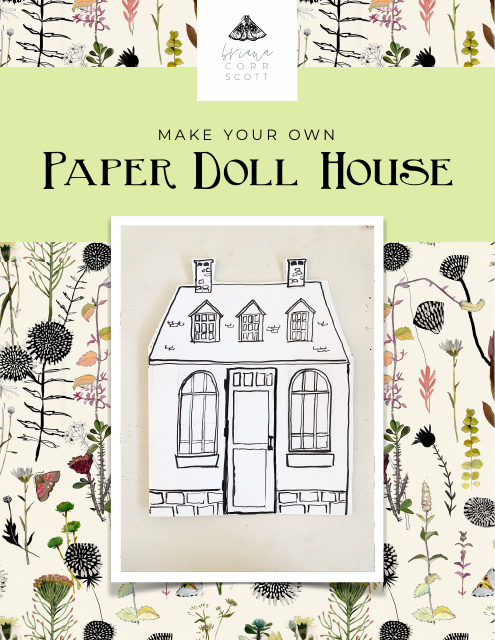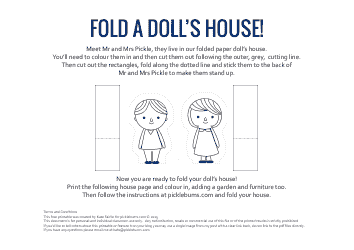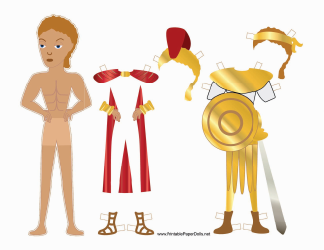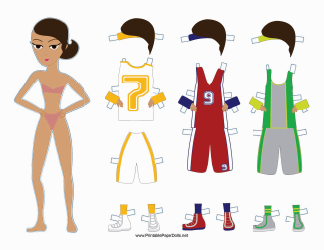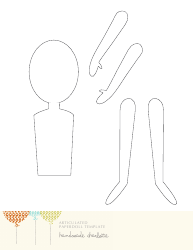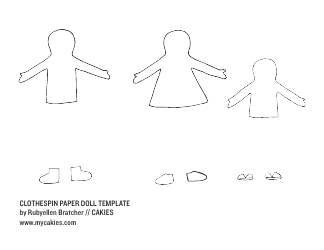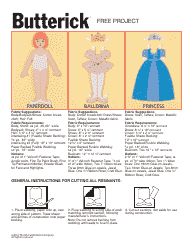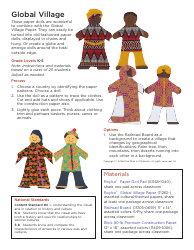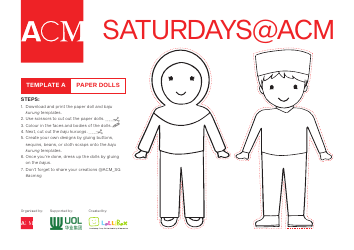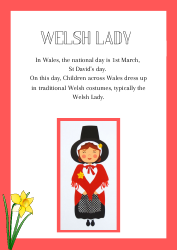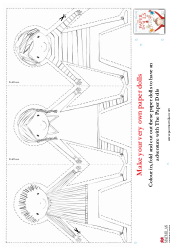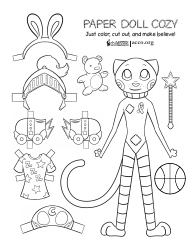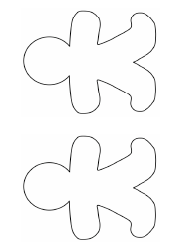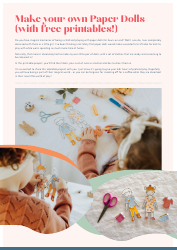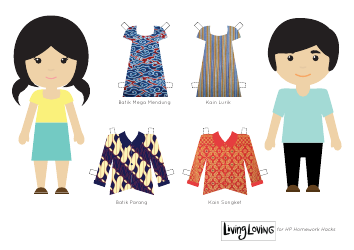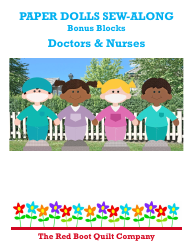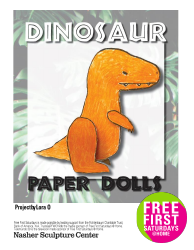Paper Doll House Templates - Briana Corr Scott
The "Paper Doll House Templates" by Briana Corr Scott is a creative resource used for making dollhouses out of paper. The templates provide outlines and guides for cutting and assembling various parts of a dollhouse, such as the walls, floors, furniture, and other accessories. Individuals can use these templates as a craft project for children, an engaging educational tool, or even as a hobby for adults who enjoy miniature designs and DIY crafts.
Briana Corr Scott, the author of Paper Doll House Templates, would file the document. Usually, authors, creators, or publishers are responsible for filing their works for record-keeping or copyright purposes. If this was published under a publishing company, it could also be that the publisher files the Paper Doll House Templates.
FAQ
Q: Who is Briana Corr Scott?
A: Briana Corr Scott is an accomplished children's book author and illustrator, known for her unique and whimsical art style. She released a book titled 'She Dreams of Sable Island', which received great appreciation. Besides her work in books, she also creates paper doll house templates which are adored for their exquisite detail and charm.
Q: What are paper doll house templates?
A: Paper doll house templates are printable designs which can be cut out and assembled to create 3-D model houses. These templates typically include every detail of a house, from walls and floors to miniature furniture. They are usually used for crafting, educational purposes or just for fun.
Q: How can I use Briana Corr Scott's paper doll house templates?
A: To use Briana Corr Scott's paper doll house templates, you will need to purchase and print them out. After this, you follow the instructions provided to cut out the designs and assemble them. Generally, you'll need scissors, glue, and perhaps other basic art supplies.
Q: Can I use these paper doll house templates for educational purposes?
A: Yes, paper doll house templates by Briana Corr Scott can be used for educational purposes. They can help children develop their fine motor skills and understanding of spatial relationships. Children can also learn about design and architecture from these templates.
